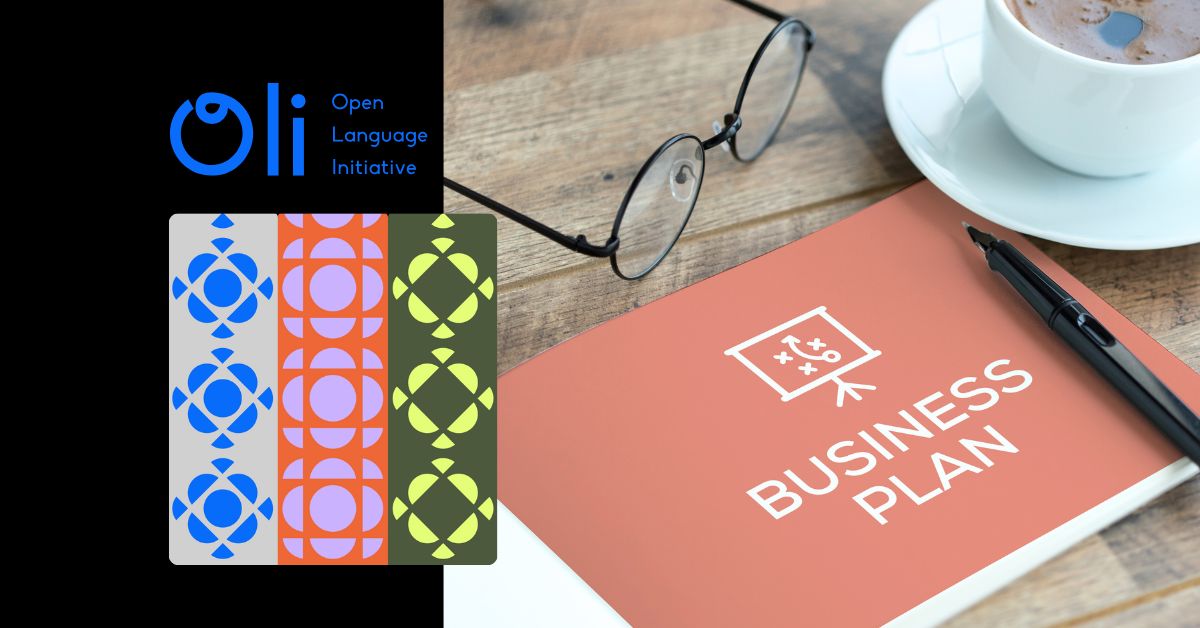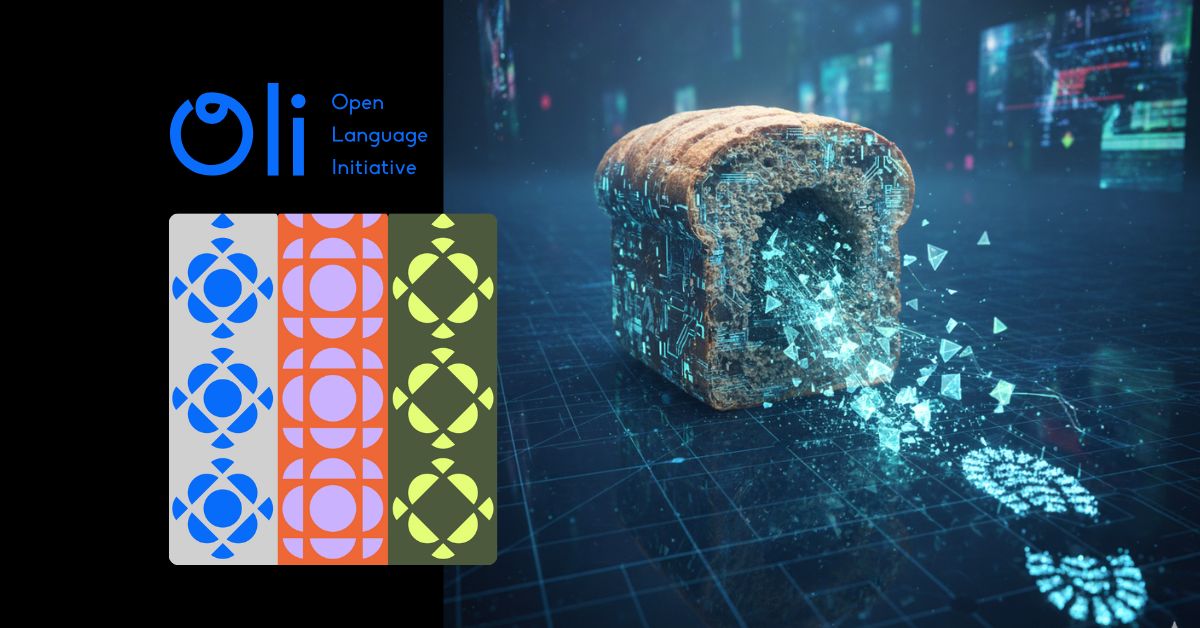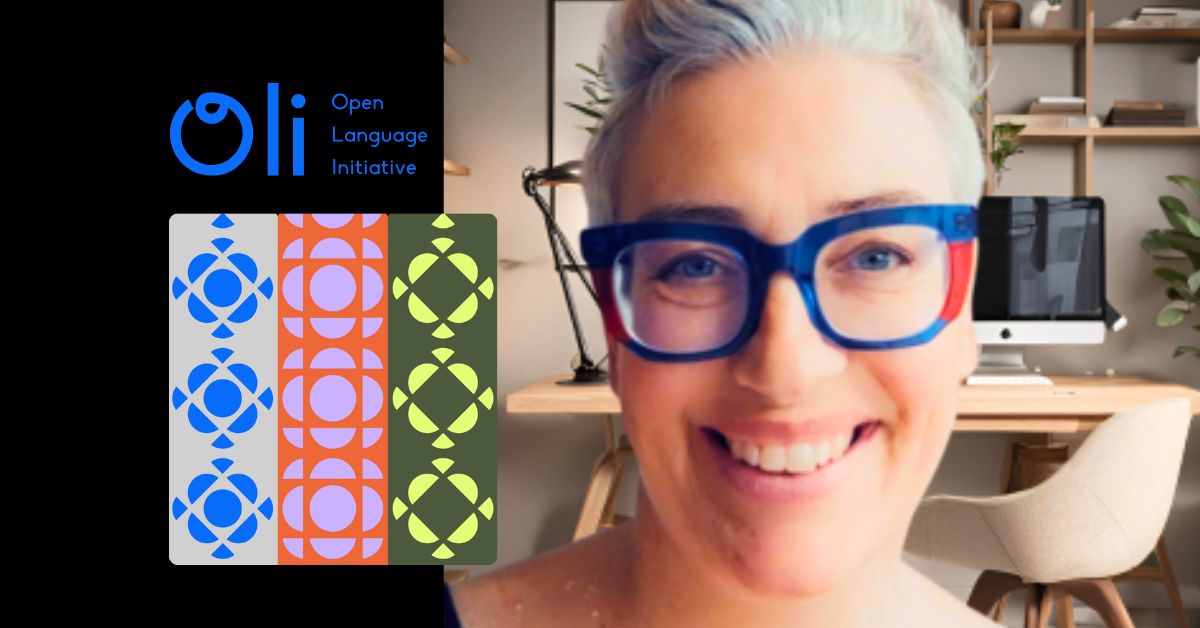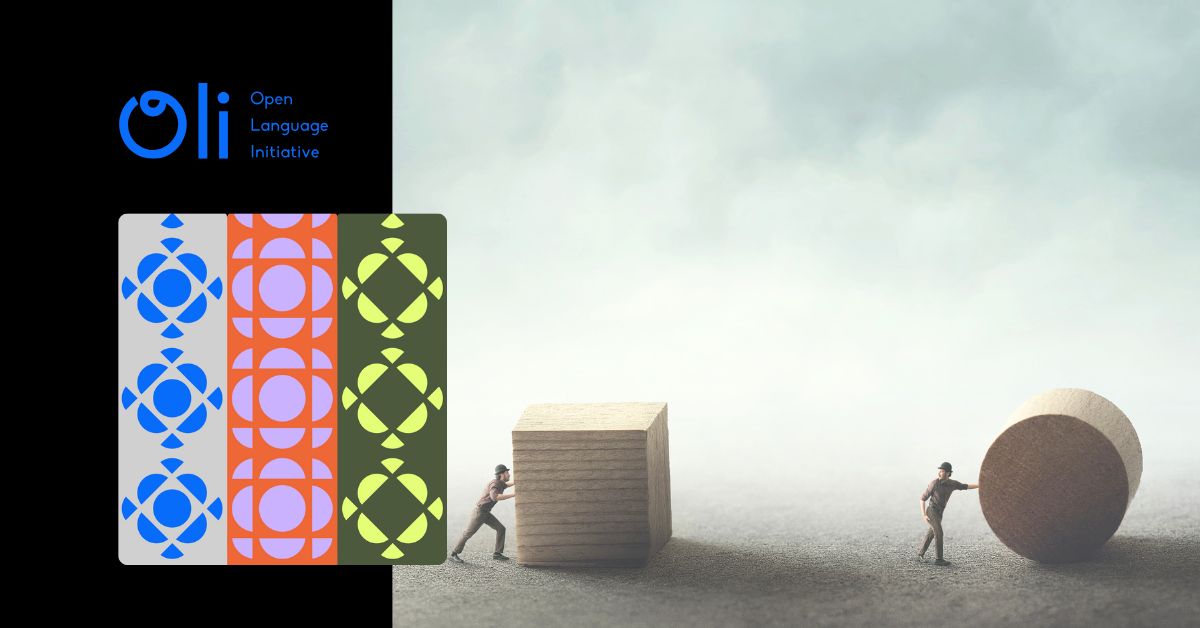In my last post, I argued that the translation industry needs to reframe its approach to AI. We can’t beat AI on speed, but we can combine its efficiency with our unique human judgment to create a highly valuable, frictionless service that clients will pay for. This isn’t just about a change in mindset; it’s about a fundamental shift in how we work. So, what does this look like in practice? Let’s move beyond the theoretical and into concrete examples of how to integrate AI into a localisation project to build a more valuable business.
How to Leverage AI Beyond Simple Translation
Thinking of AI in translation as simply ’feeding a machine, checking the output, and done’ is a grave mistake. The true value of AI lies in its ability to enhance a project on a macro level, making our entire workflow more efficient and, critically, more frictionless for the client.
Here are some actionable examples of how to integrate AI into a localisation project:
- Document and Text Preparation: Before any translation even begins, AI can significantly reduce friction. Imagine a large, unformatted PDF or a scanned document. AI-powered OCR (Optical Character Recognition) can quickly and accurately extract the text, saving hours of manual data entry. It can also be used for initial text segmentation and cleanup, identifying and removing extraneous code or formatting issues. This is a key step in creating a frictionless experience.
- Glossary and Style Guide Integration: This is where the magic truly happens. Instead of just feeding an LLM a string of text, you can feed it the entire project’s context. By using smart prompts, you can instruct the AI to adhere to specific glossaries and style guides. For example, a prompt could be: ’Translate the following marketing copy into French. Use the provided glossary for key brand terms and ensure the tone is friendly and conversational, following the style guide for a young adult audience. The goal is to drive sign-ups for our new mobile app.’ The AI is no longer a simple translator; it’s an assistant that is informed and constrained by the project’s specific rules, leading to a much higher quality first draft.
- Transcreation and Copywriting from Scratch: This is a perfect example of human judgment amplified by AI. You can provide an LLM with a brief — e.g., the goals of a marketing campaign, the target audience, and the key message — and ask it to generate multiple creative concepts and taglines in the target language. You are not asking it to translate; you are asking it to be a creative partner. The human translator’s role then becomes that of a creative director, using their judgment to select the best options, refine them, and ensure they resonate culturally, an area where AI still struggles.
- Project-Level Efficiency and Quality Checks: AI can be a powerful tool for quality assurance on a project-wide scale. You can ask an LLM to review an entire translated document and check for consistency in terminology based on your glossary. You can also use it to identify potential grammatical or stylistic errors that may have been missed. This is about using AI not to replace the human eye, but to create a fast, initial pass that allows the human to focus on the more nuanced and high-value work of final polishing.
Taking Control: Proactive Positioning and Direct Relationships
Many years ago, my therapist offered a profound piece of advice: ’If you don’t stand up for yourself, others will have no choice but to walk all over you.’ This was, perhaps, the most invaluable wake-up call I’ve ever received. The ongoing shifts in our industry — the rise of AI, the spread of misinformation, and the constant pressure on rates — demand that we take this advice to heart. It’s no longer enough to wait for work to come to us. We must actively stand up for our values and proactively position ourselves in the market.
One significant step translators can take is to reconsider their reliance on agencies, at least exclusively. Whenever feasible, I strongly advocate for translators to actively engage with clients outside the traditional Language Service Provider (LSP) agency sphere. This isn’t to demonise agencies; they certainly serve a purpose in many contexts. However, for the specific type of work I do and my preferred client relationships, agencies have rarely been the optimal fit.
If I were to rank the most effective project setups, assuming the right circumstances, they would be as follows:

Direct Client + Freelancer: This allows for direct communication, deep understanding of client needs, and tailored solutions.

Direct Client with Internal Localisation Manager + Freelancer: This ’gold standard’ involves a direct client relationship with a dedicated internal project manager who understands localisation processes and the trade.

Direct Clients via Multipliers + Freelancer: Leveraging established relationships of other service providers (like marketing agencies) to connect with the end client.

Direct Clients + A Concerted Network of Freelancers: Collaborative models demonstrate the power of independent professionals pooling resources and expertise.

Direct Clients Through Specialised LSP + Freelancers: For certain clients and project types, a specialised LSP can bridge the gap, but the focus remains on direct client relationships as much as possible.
Conclusion
Anything beyond these models, in my experience, is generally not conducive to the kind of high-value, high-impact work that truly defines the expert translator in the age of AI. Though there are probably exceptions to the rule. I’d love to hear about your experience in the comments. Regardless, the future of our profession lies not in fearing AI, but in understanding it, mastering its applications, and proactively demonstrating our irreplaceable value to clients who genuinely want quality and efficiency over cheap automation.




0 Comments